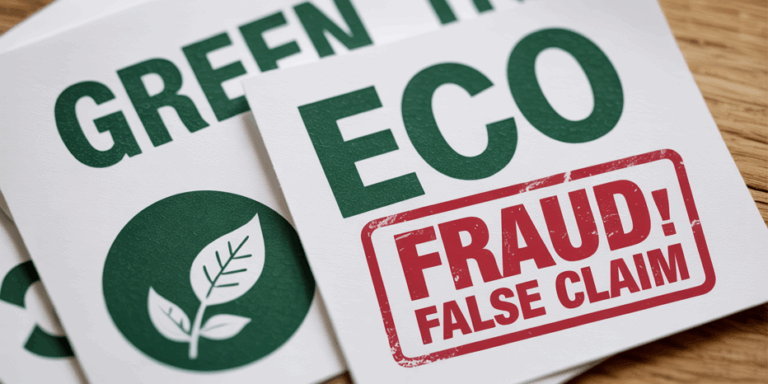Key Considerations for a Smooth Transition
Adopting a compliance SaaS (Software-as-a-Service) tool can revolutionize how an organization manages its regulatory obligations. It can bring many advantages including resource efficiency in spend of efforts and time, reducing risks due to human error, and increased visibility.. However, to onboard an appropriate compliance tool that meets the organizations requirements needs careful research and implementation. Preparing a thorough check list can ensure identifying a proper compliance tool and optimization of technology.
Here’s a quick preview of the essential steps:
- Understand Your Compliance Requirement: Before onboarding any SaaS tool, it is critical to understand your organization’s specific compliance needs. Depending on your industry, you may be subject to different regulations like GDPR (for data privacy) or SOX (for financial controls). Without a clear understanding of your compliance landscape, you may miss crucial functionalities of the software. Ensure that the tool you select meets your requirements.
- Evaluate Integration Capabilities: A 2023 report by Gartner notes that 75% of organizations experienced implementation delays due to integration issues when onboarding new compliance software. Integration with existing enterprise systems is critical for a seamless workflow.. Existing business ERP and other tools like Accounting tools or CRM ( and HRMS should allow integration for a seamless data flow.
-
Allow Customization: The compliance SaaS tool should be flexible to allow customization to meet the unique framework of your organization. For instance, It should have the ability to tailor permissions and access rights as per different user roles like compliance officers, legal teams, and auditors can access the information without compromising data security. It should be able to adapt to the process and workflows of your business functions to ensure user acceptance.
-
Have a User Acceptance Plan: Optimization of the tool depends on user acceptance. Well planned promotion and awareness campaigns and comprehensive training sessions are essential for employees to understand, adapt and utilize the new tool to its full capabilities. Training should cover all levels, from general users to administrators who may need to manage access, generate reports, or handle more complex features.
-
Have a Post Implementation Support Plan: One of the standout features of compliance SaaS tools is the ease of implementation. However, to ensure proper utilization of the tool it is important to monitor the user acceptance post implementation and continue provide adequate support to make adoption easier for the users. You can run periodic utilization reports to monitor success of your tool.
-
Plan for Secure Data Storage Requirements in advance: Involve your Infrastructure and IT team to to plan for sufficient data storage space and security features for instance encryption of data. Migrating historical compliance data securely into a new system is often an overlooked aspect of onboarding. Involving the IT team earlier on will also assist you in the secure Data Migration and data Backup process.
Successfully onboarding a compliance SaaS tool can save your organization time, streamline processes, and ensure that you meet your regulatory obligations efficiently.
Looking for the right compliance solution? Compliance Cart simplifies compliance management with features designed to automate reporting, secure data, and integrate seamlessly with your existing systems. With Compliance Cart, you can ensure that your organization is always audit-ready while saving time and reducing the complexity of managing compliance.











